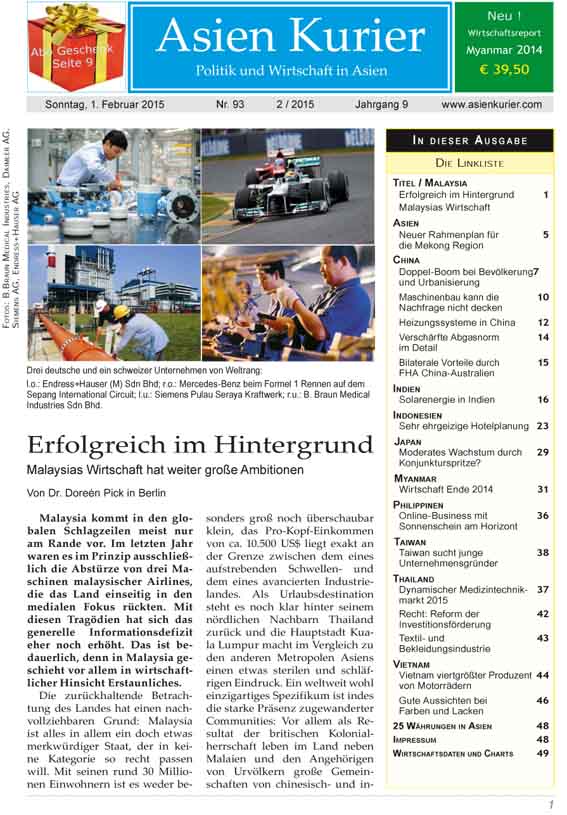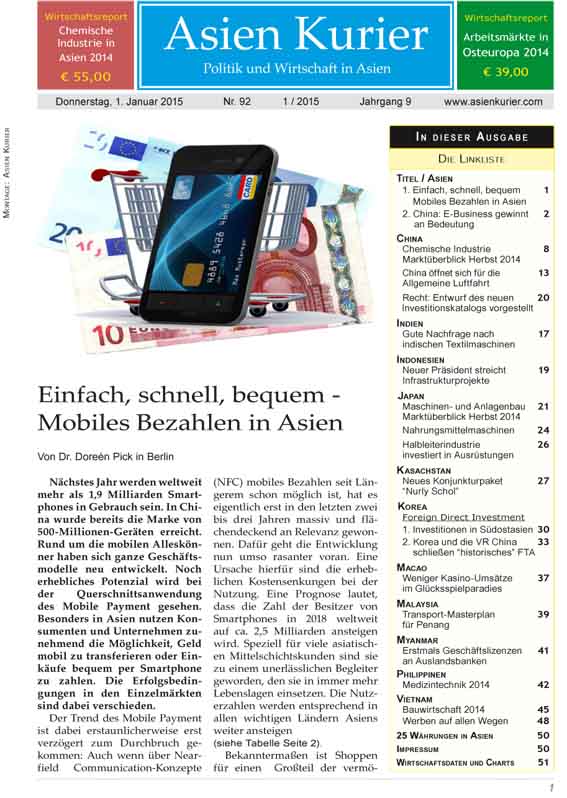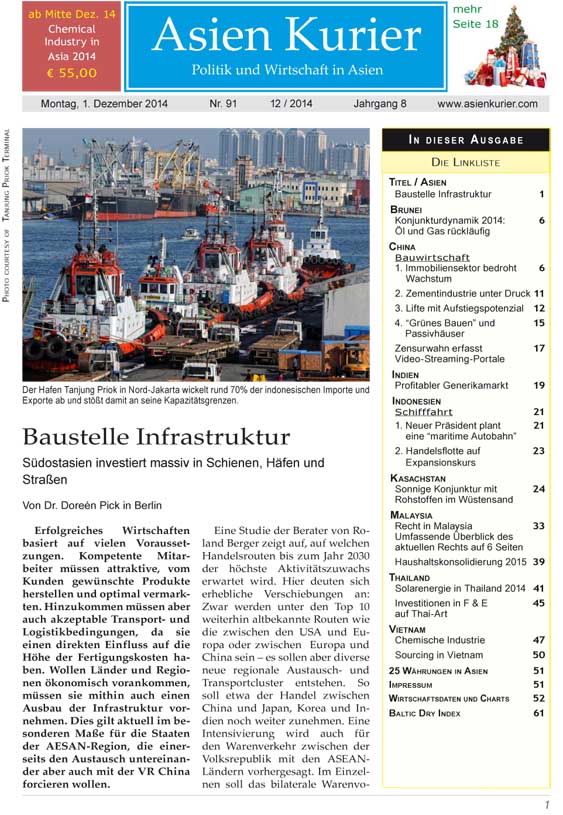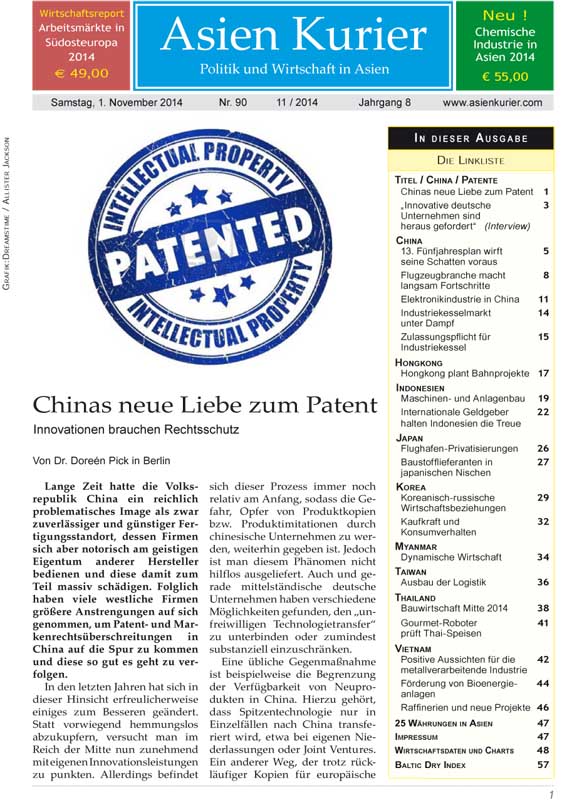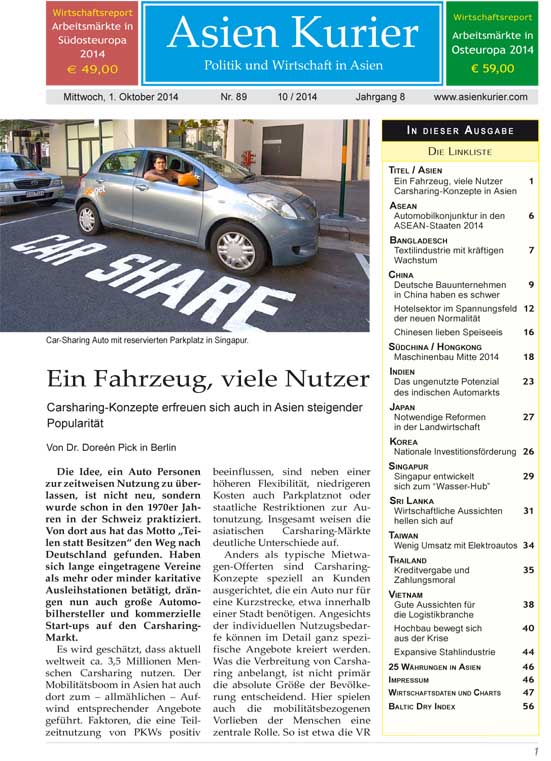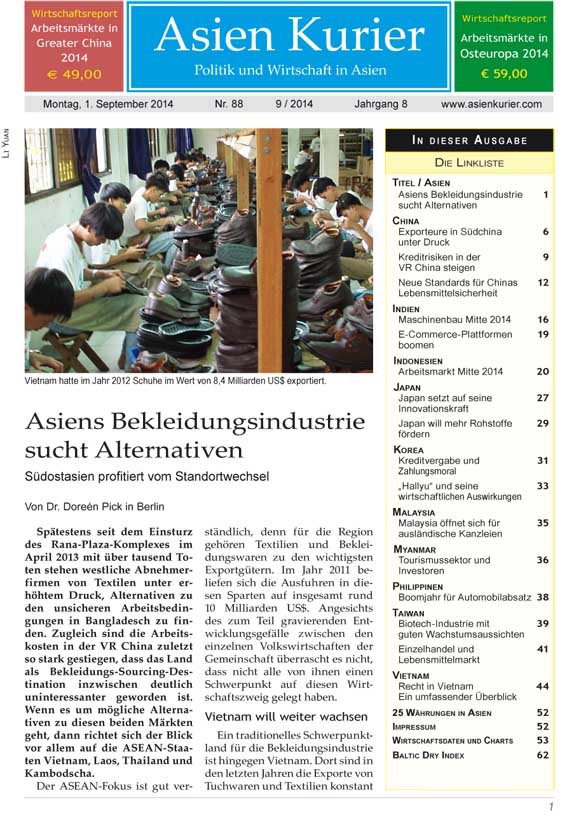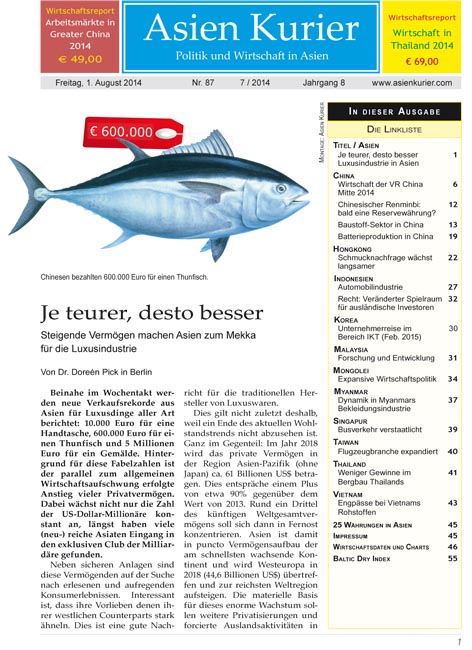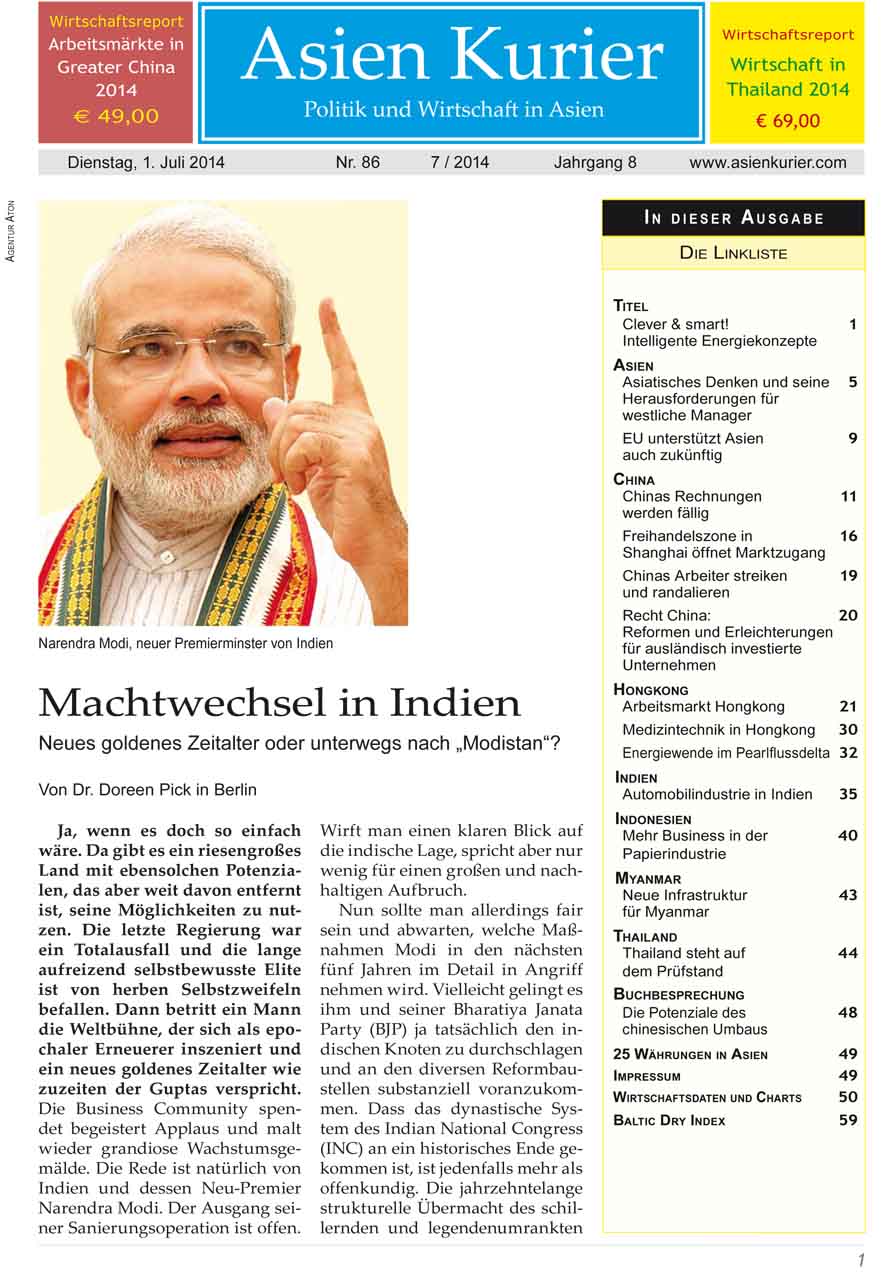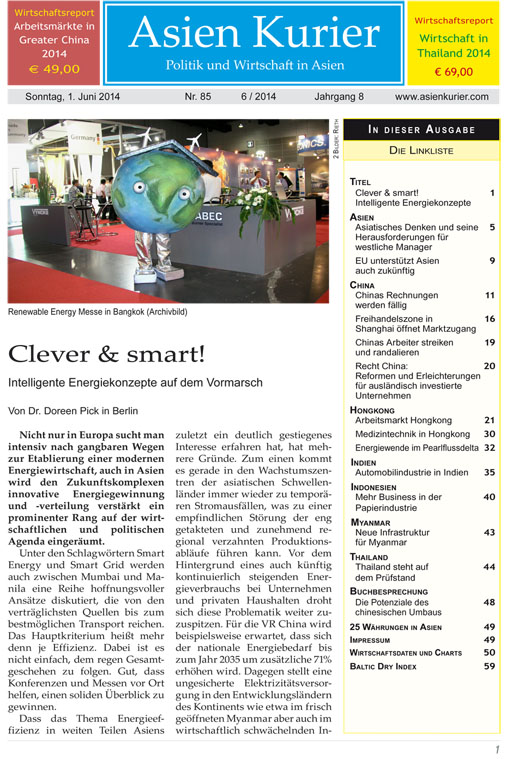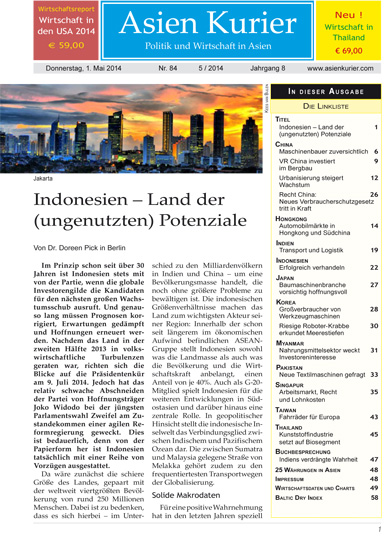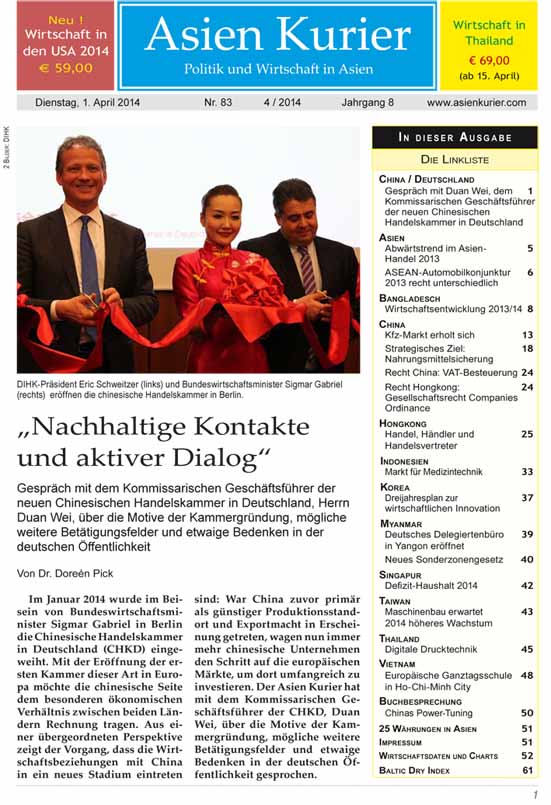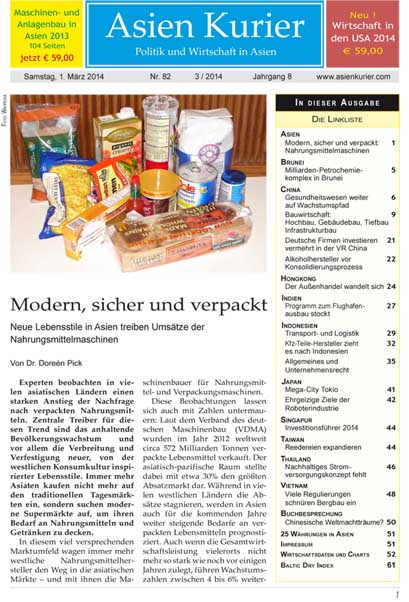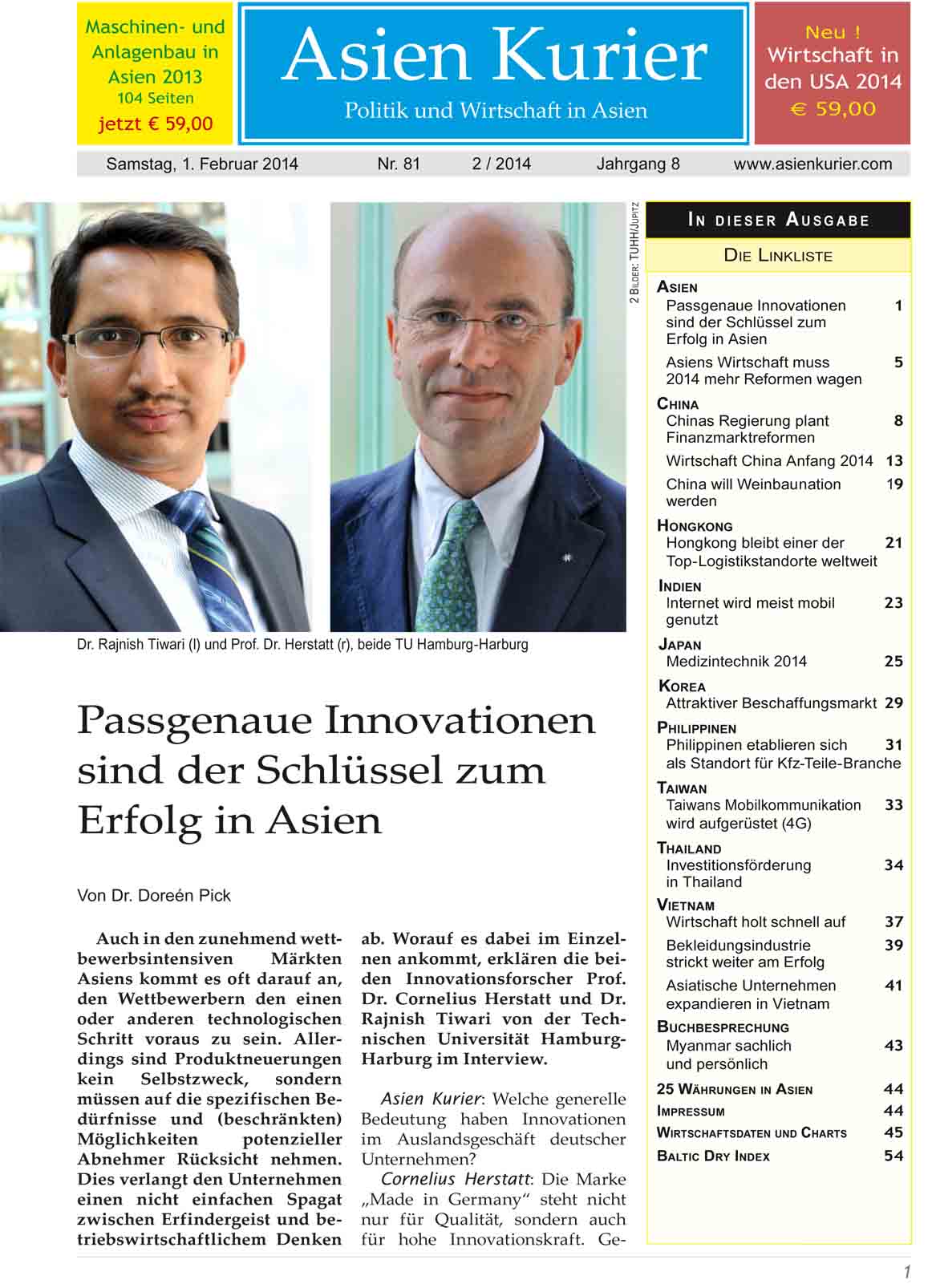
|
Tools for Your Writing: Research Paper Outline Guide
The research paper is a major challenge for any student, even for one who loves to write. So it is always good to make use of helpful techniques to make the process easier - without cheating, of course. One helpful way is by using an outline.
How an outline helps
A common complaint about the research paper is that it is very long. This is why many students lose their way in the middle of their paper, forgetting details and theories they should have included to back up their arguments or explain the problem more.
An outline, however, becomes something that the student can follow. It contains the important details so that the student can easily recall what needs to be included.
Having an outline also allows the student to see the general flow of their paper. This allows them to see if an error has been made or if some other fact or statistic should be inserted to make their work better.
Introduction
- Background
Include the details that will best present the problem. Many papers usually insert relevant statistics or stories that paint a picture of what was happening before and what is happening now.
- Hook
This is an important part of the introduction that is used to catch your reader’s attention. It may be a striking fact or a famous quote.
- Scope
This informs the reader of what will and what will not be part of your research. Without this, the reader might expect that all related variables will be investigated.
- Thesis statement
Your paper generally revolves around trying to prove what you believe. It is good to write this down so that you remember what you are aiming to do.
Body
- Main arguments
You should place the important arguments for your paper. Doing this allows you to see the strengths of what you wish to prove or disprove. Include the related theories, studies, and other facts to avoid wasting time looking through your notes.
- The opposition
As your paper also requires you to present the opposing views, you should also include them in the outline. Seeing this early on may also help you realize any flaws in your argument so that you can revise them early on.
Conclusion
- Summary
The conclusion summarizes the important parts of the body for the reader to remember. Since this is an outline, you can just restate your main points here.
- Call to action
A strong paper often ends with a powerful statement that spurs the reader to do something about what they learned from your investigation. This can be quite tricky to create, so it is good to already mention your initial call to action in your outline. You can revise it later on once you have come up with something better.
Final take
An outline is a good way to see what your paper will be like. And as you work, it becomes the formula for you to follow. So take note of the outline hints above so you can use this tool when you write.
